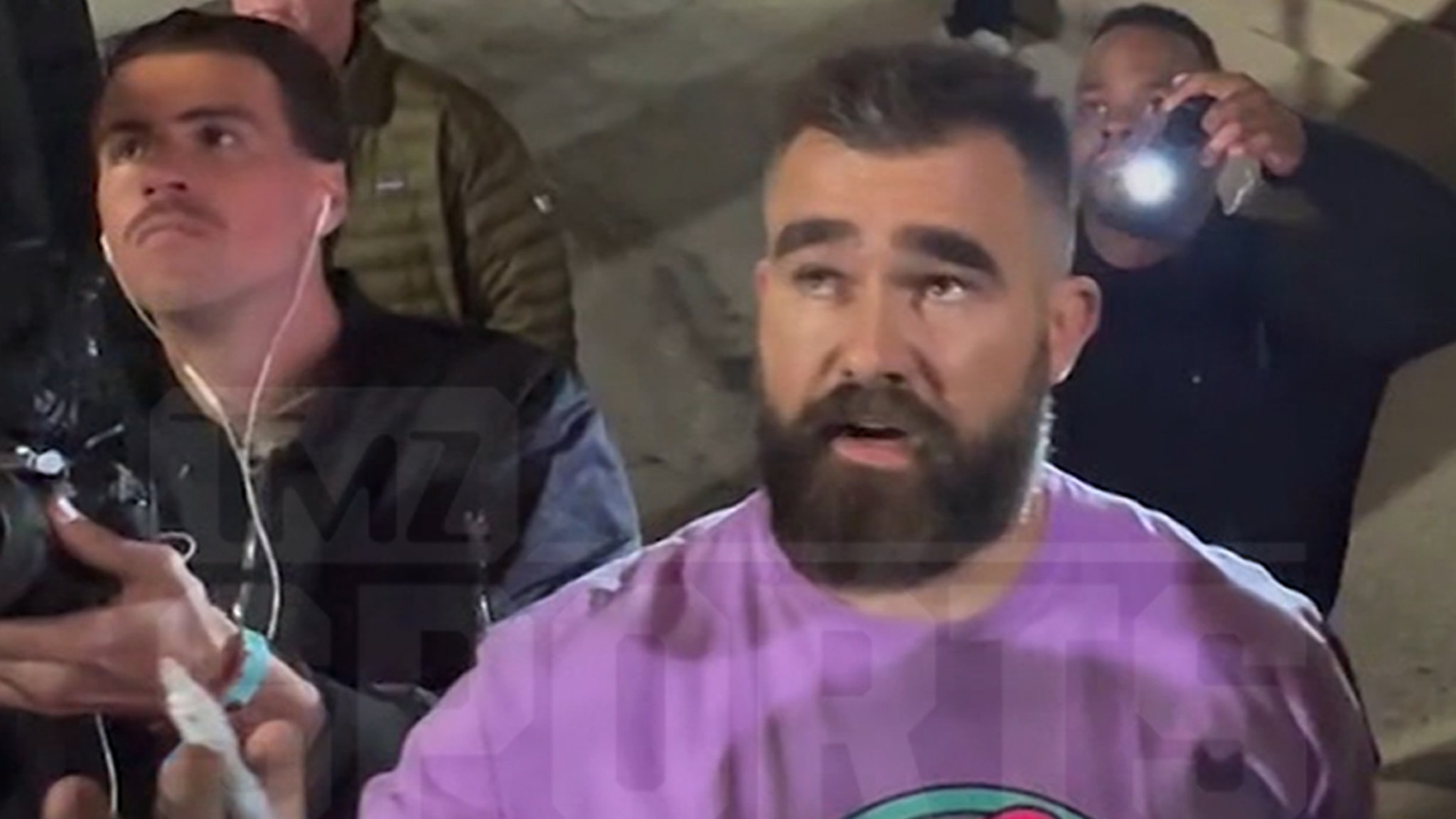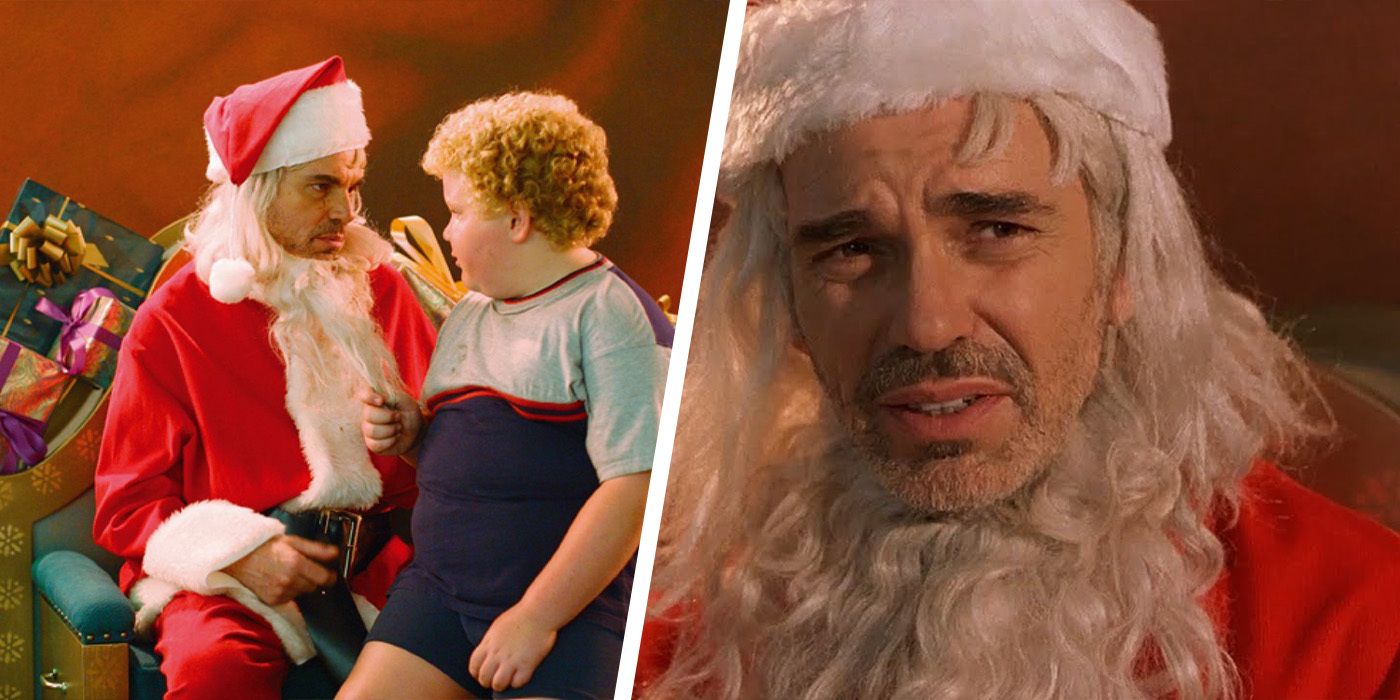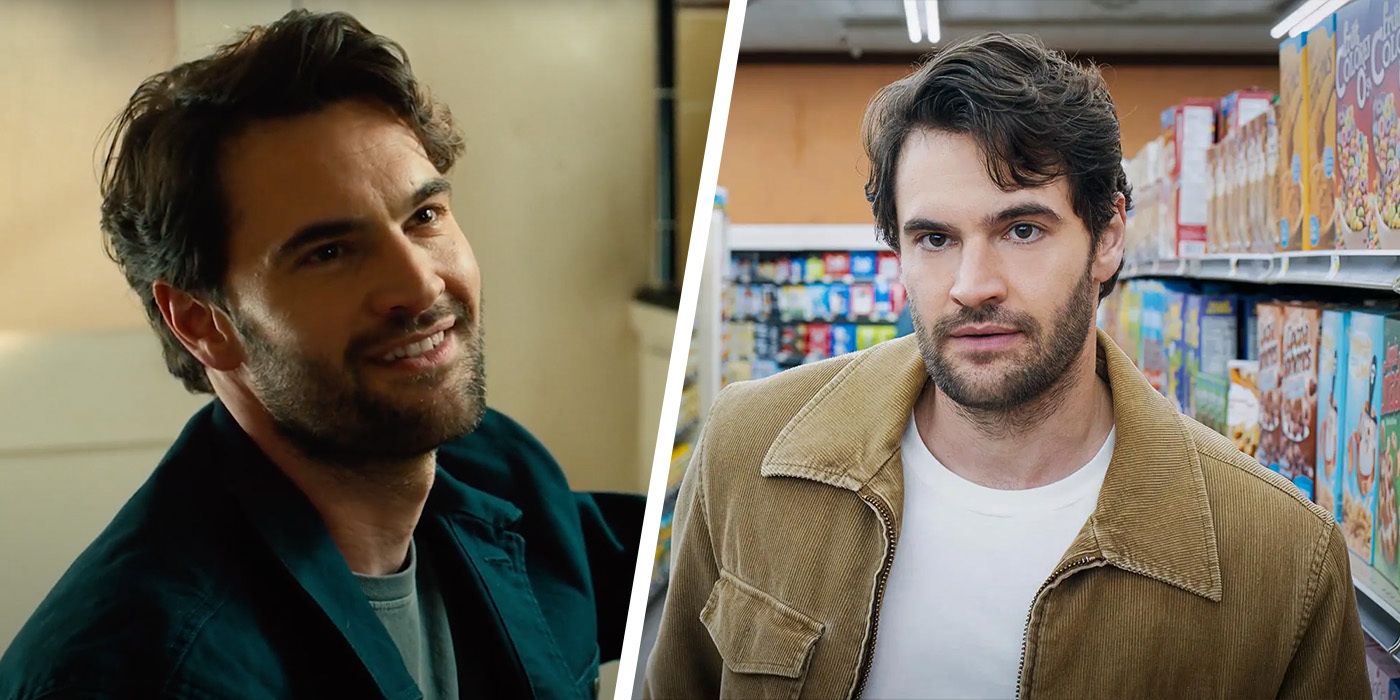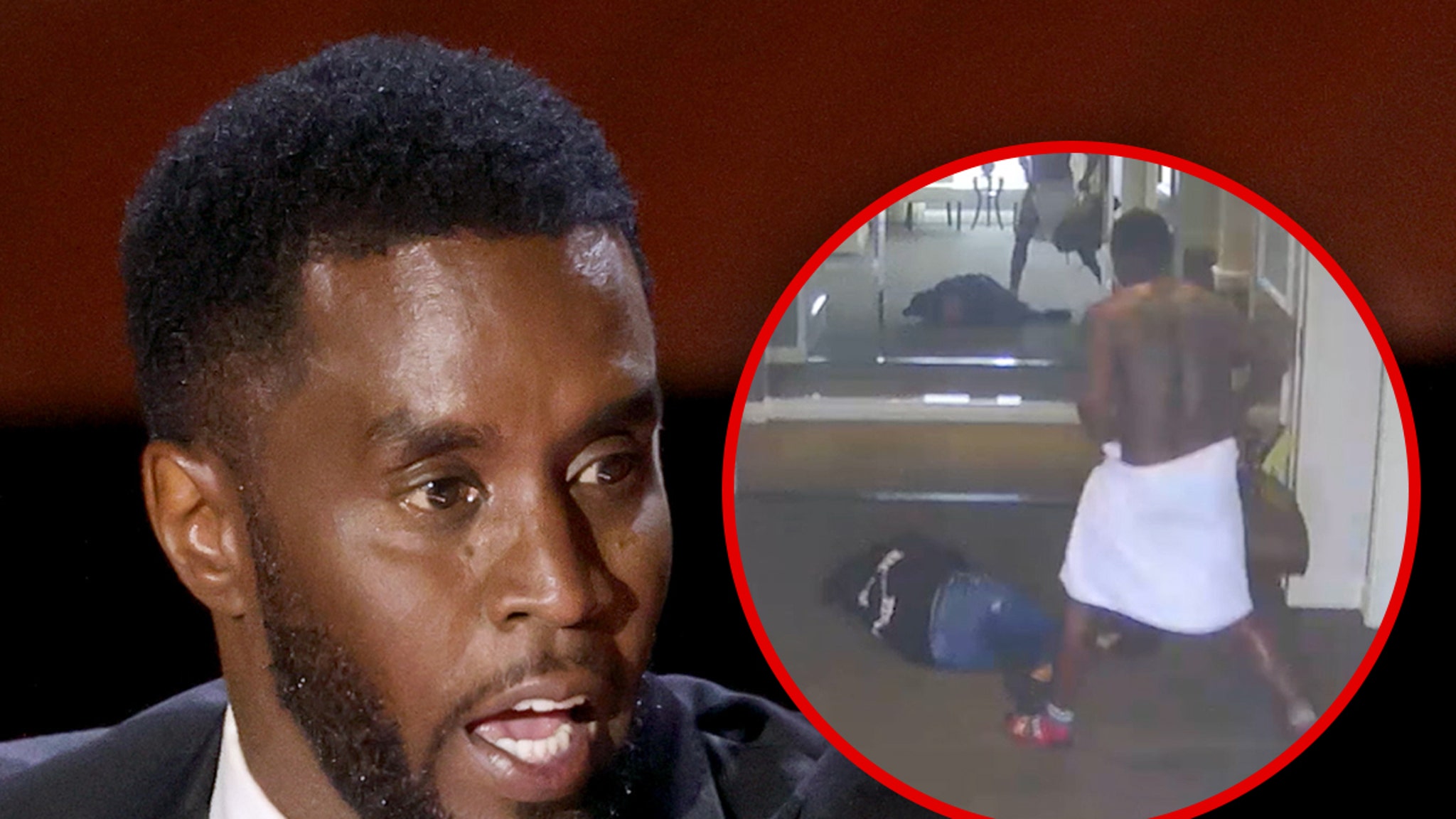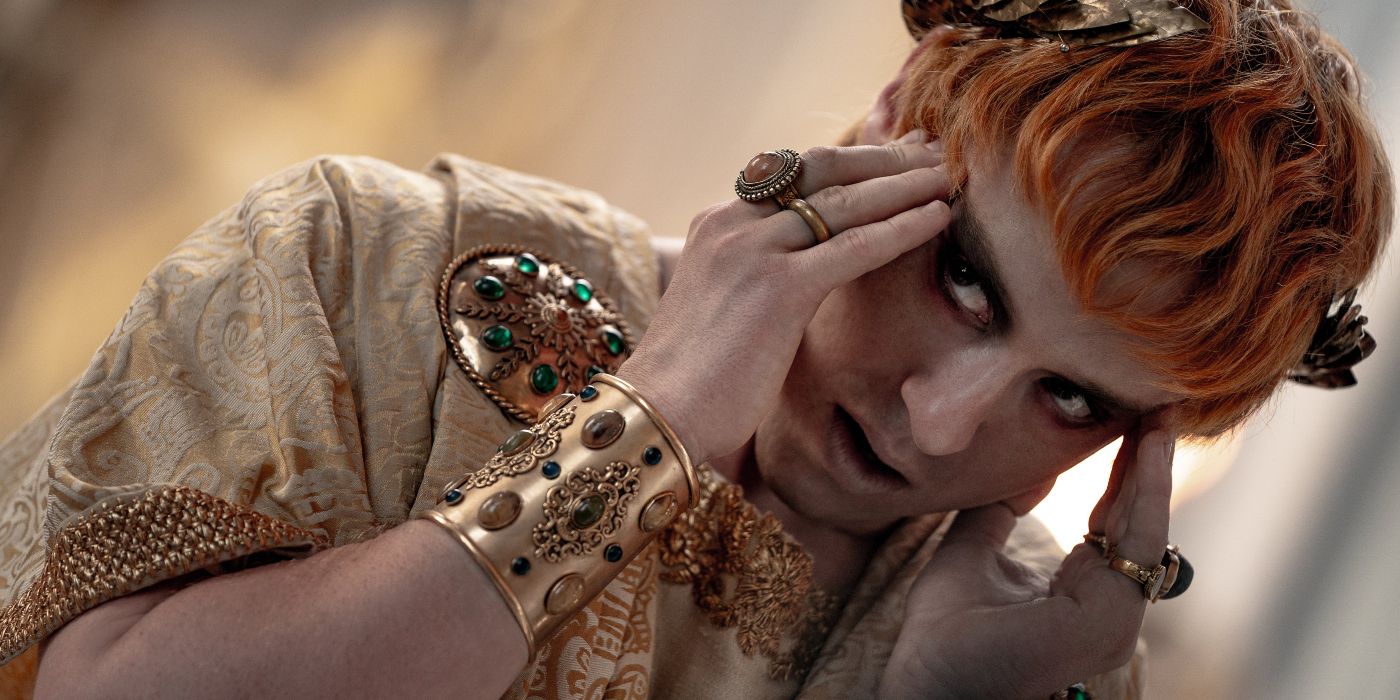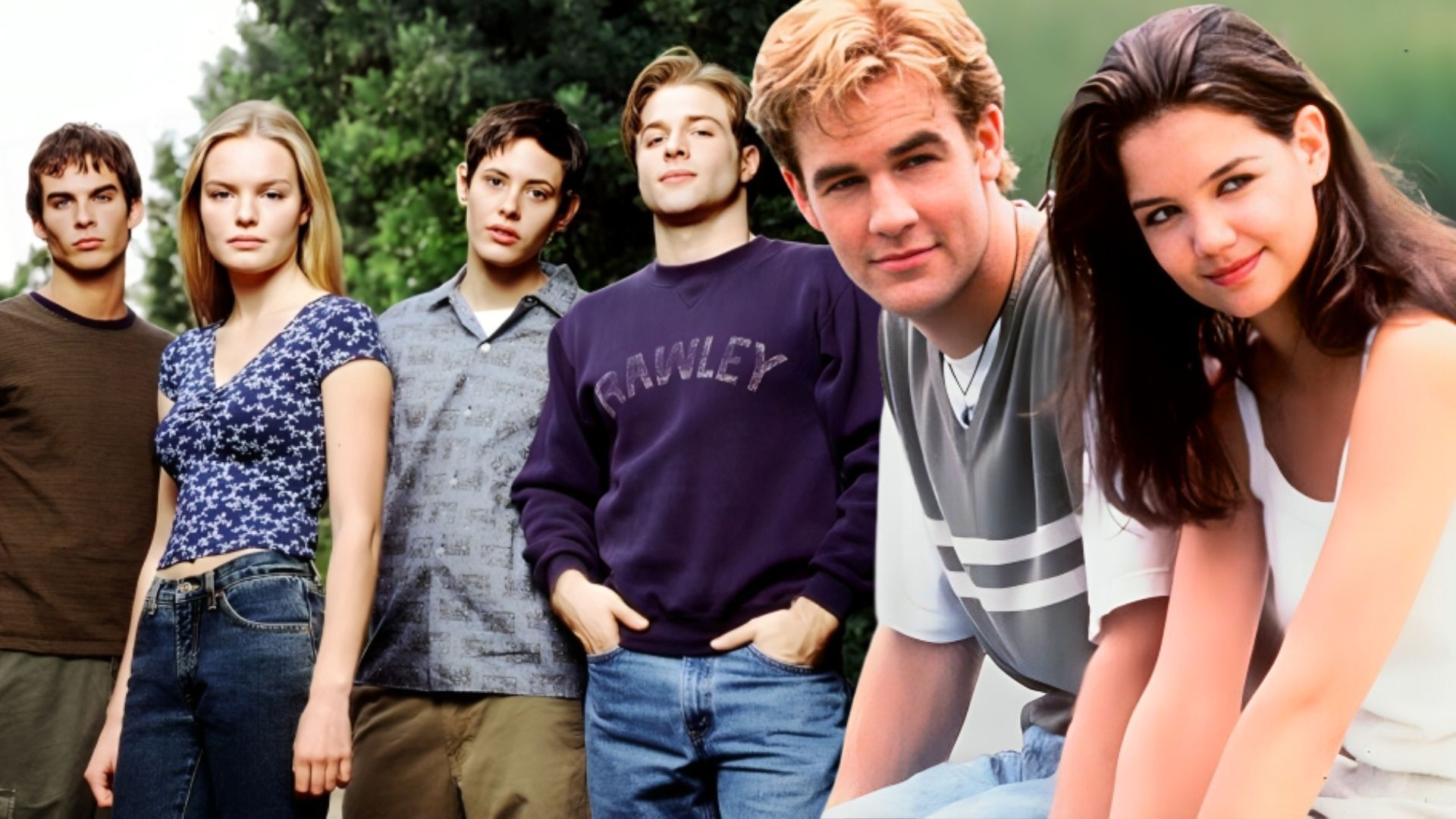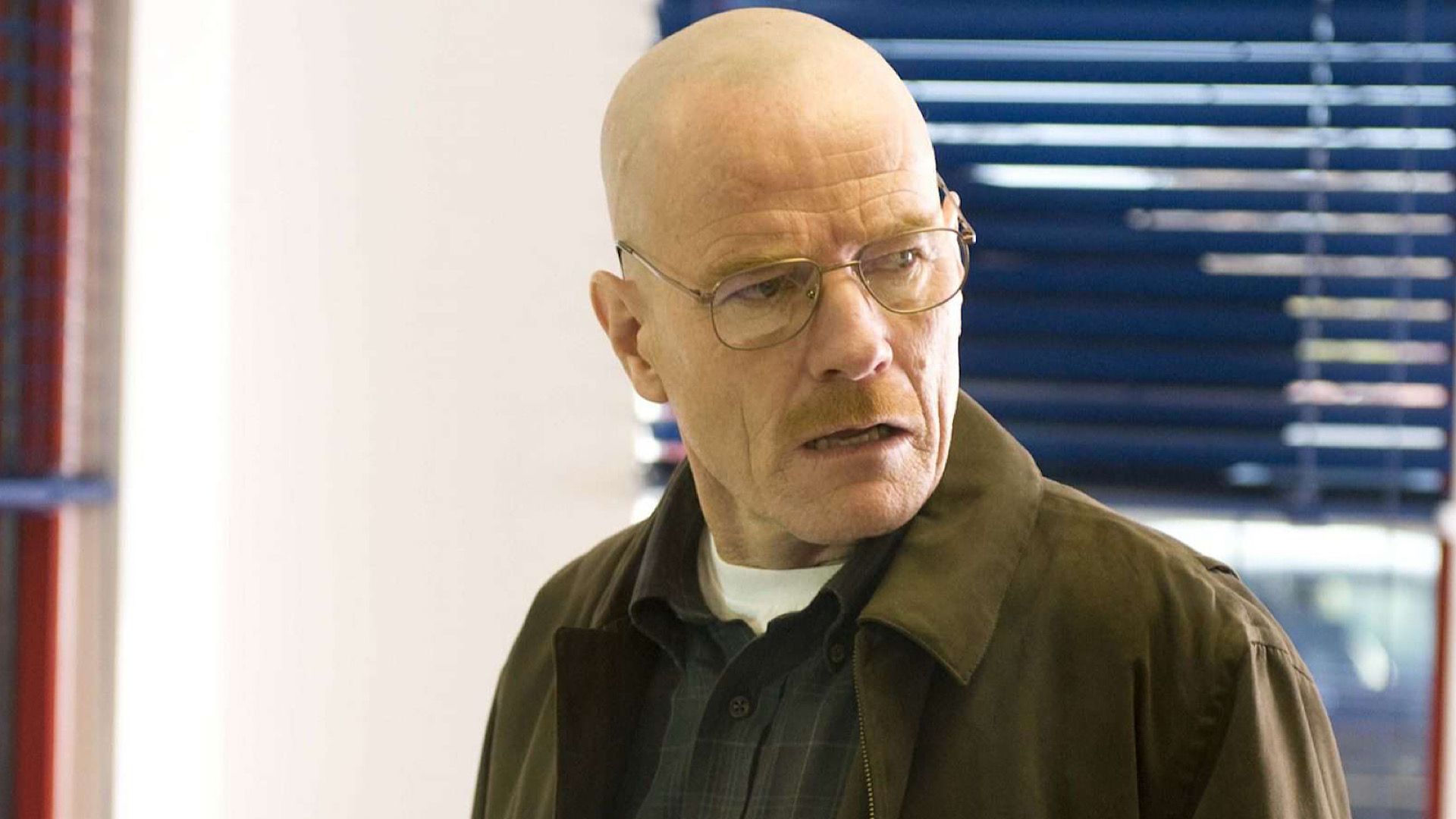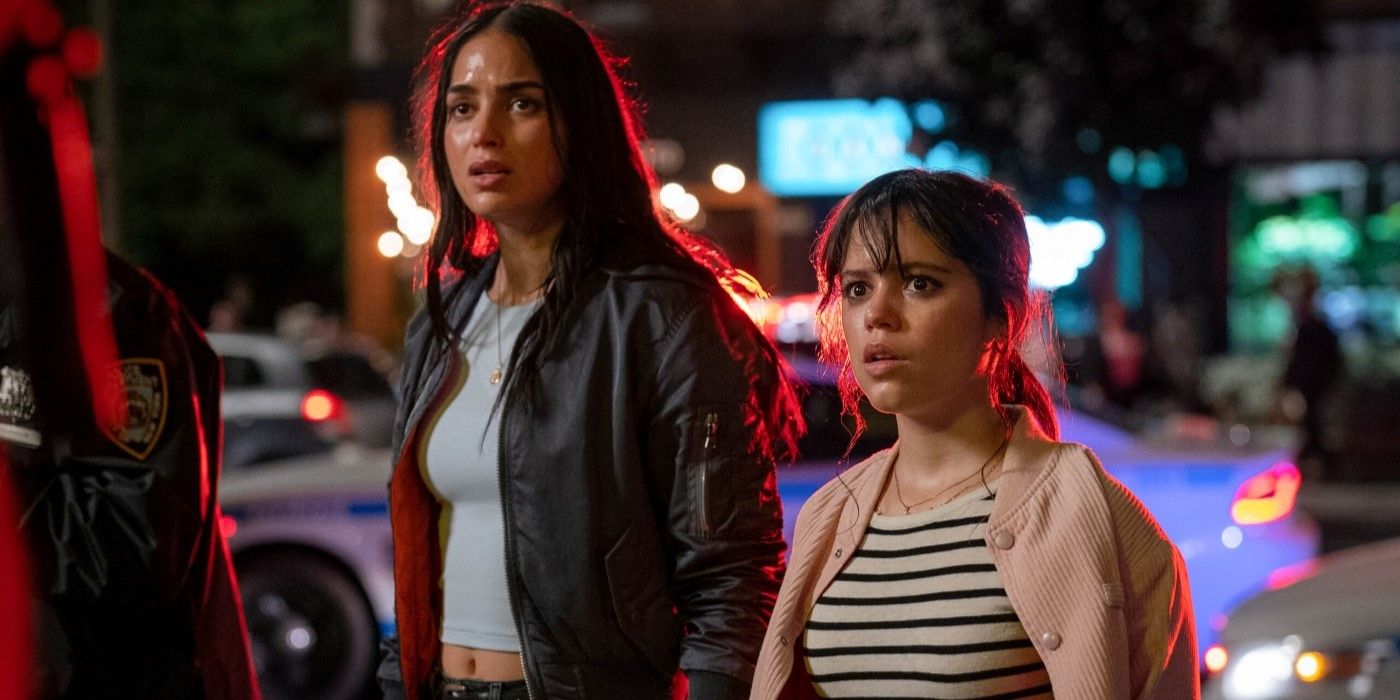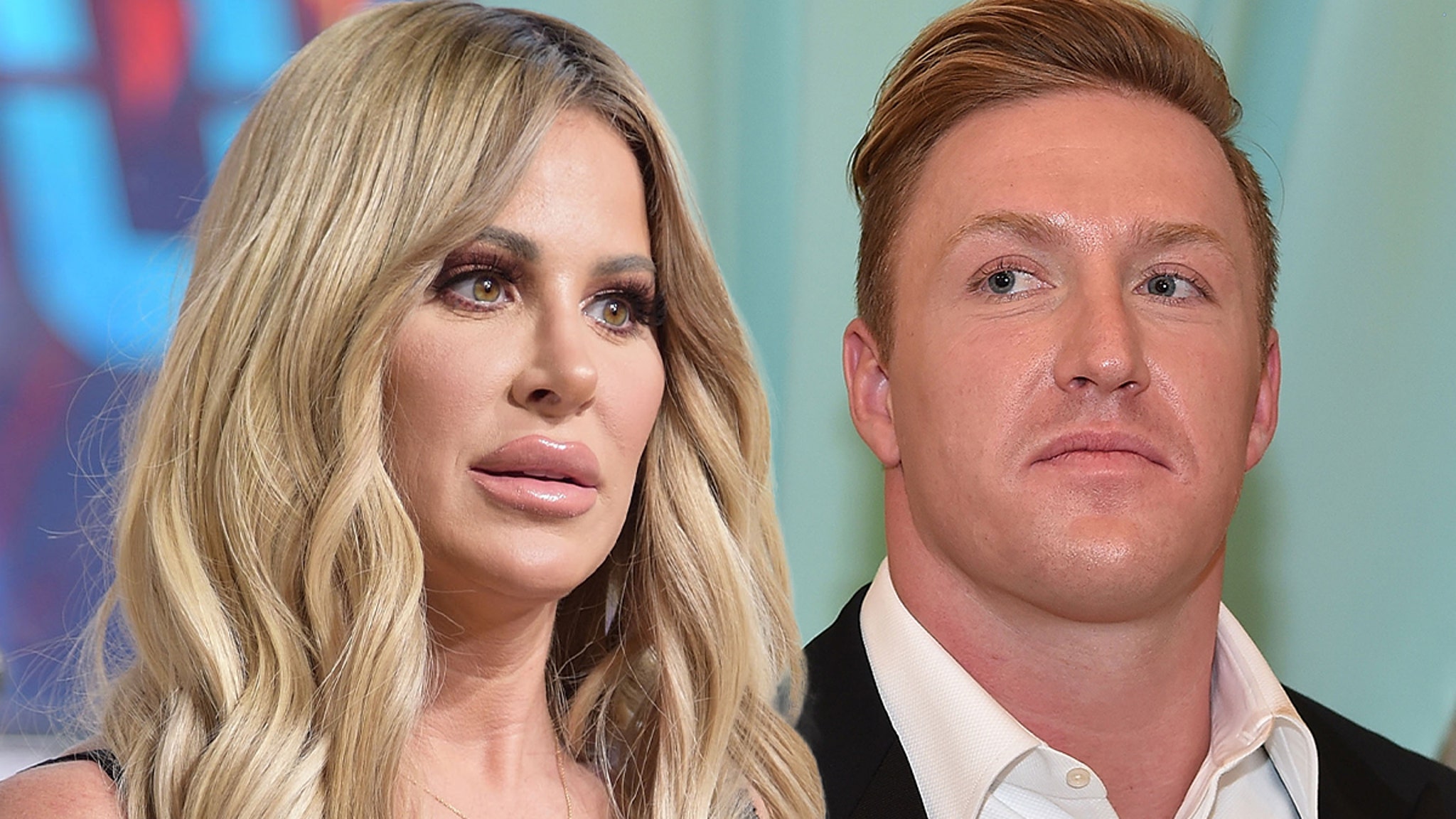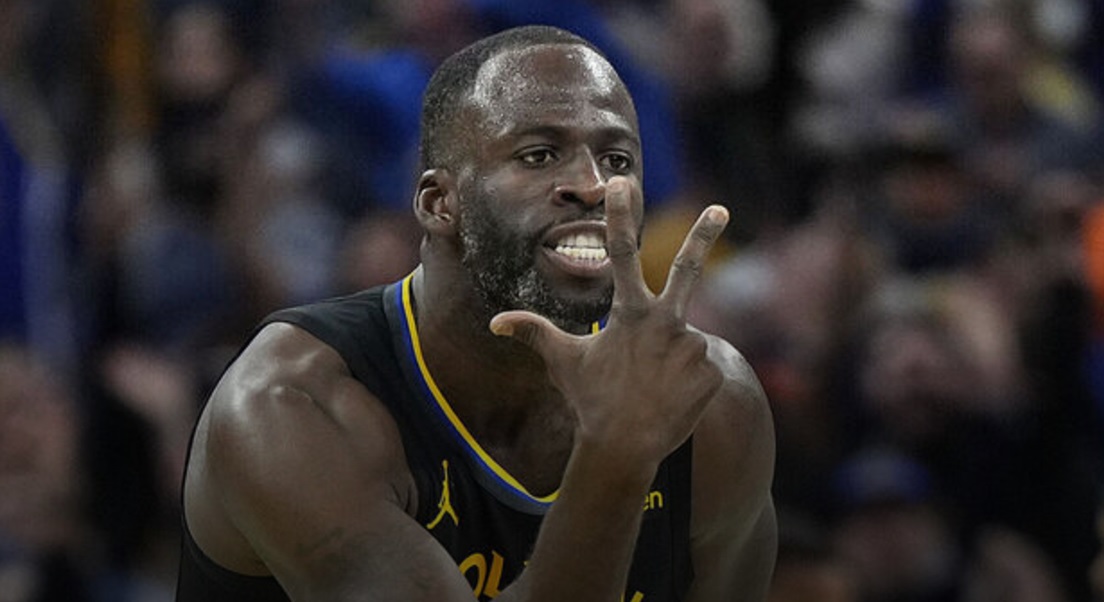The story begins with Wendy Darling (Ever Anderson) leading her younger brother John (Joshua Pickering) and kid brother Michael (Jacobi June) in an enthusiastic play session that includes swashbuckling sword fights and running and jumping, followed by a couple of nice moments between the children and their parents (Molly Parker and Alan Tudyk). Soon enough, Peter Pan (Alexander Molony) makes his entrance from another realm, along with the pint-sized fairy Tinkerbell (Yara Shahidi, of “Black-ish” and “Grown-ish”). They’re whisked off to Neverland through a wormhole near the fabled Second Star on the Right. On the other side, they meet and befriend the Lost Boys (seemingly modeled on the Benneton catalog urchins in “Hook”) as well as the Native American princess Tiger Lily (Alyssa Wapanatahk, a member of the Bigstone Cree Nation), who was a pawn-prize-stereotype in the Disney cartoon but gets an action-heroine makeover here, literally riding to the rescue on more than one occasion.
Jude Law, who is settling into his “I’m just here to have a good time!” character-acting phase, anchors the movie as Pan’s nemesis Captain Hook. Law plays the character as more of a neurotic comic figure with Personal Issues than a frightening villain (although wee viewers will still want to hide behind furniture when he orders all of the Darling children put to death). Lowery has given Hook a bit of the Magua or Killmonger villain-as-anti-hero treatment, i.e., making the character’s Bad Guy Origin Story so relatable that he seems more pitiable than loathsome. Jim Gaffigan, who’s shaping up as a John Goodman-level supporting player, plays Hook’s sidekick Smee as an emotionally bruised, exasperated underling, a schlump who definitely has his faults but is frazzled mainly because he’s overwhelmed by having to satisfy a boss who thinks the solution to bad morale is to throw more people overboard. The Peter-Tinkerbell pairing has also been re-thought, partially: it’s clear that she’s the boss of the duo, at times seeming to command him psychically, or at least implant suggestions or tasks in his mind in a way that makes him believe he’s acting on his own.
Every performance in this movie is good, sometimes more than good, and little can be said against the filmmaking, ranging from calendar-art handsome to genuinely inspired (although there’s a major problem with one aspect of the lighting/color grading; see below). The action-packed climax, which doubles as a therapy session for certain major characters, has images of dreamlike eeriness and gives Law a satisfying exit that suits this incarnation of the character. But the entire thing has a whiff of missed opportunity, and sometimes you might wonder if Lowery and his co-writer Toby Halbrooks might’ve wanted to dive deeper than they knew Disney’s copyright-tending, merchandise-selling executives would have permitted. (There’s a truly subversive “Peter Pan” satire to be made from the Peter-Tinkerbell relationship in this one: she’s a tiny, mute woman who basically can’t get anything done unless she uses a charming man-boy as her instrument).
You can view the original article HERE.

